New findings reveal a link between our taste buds and what plants were used medicinally during ancient times.
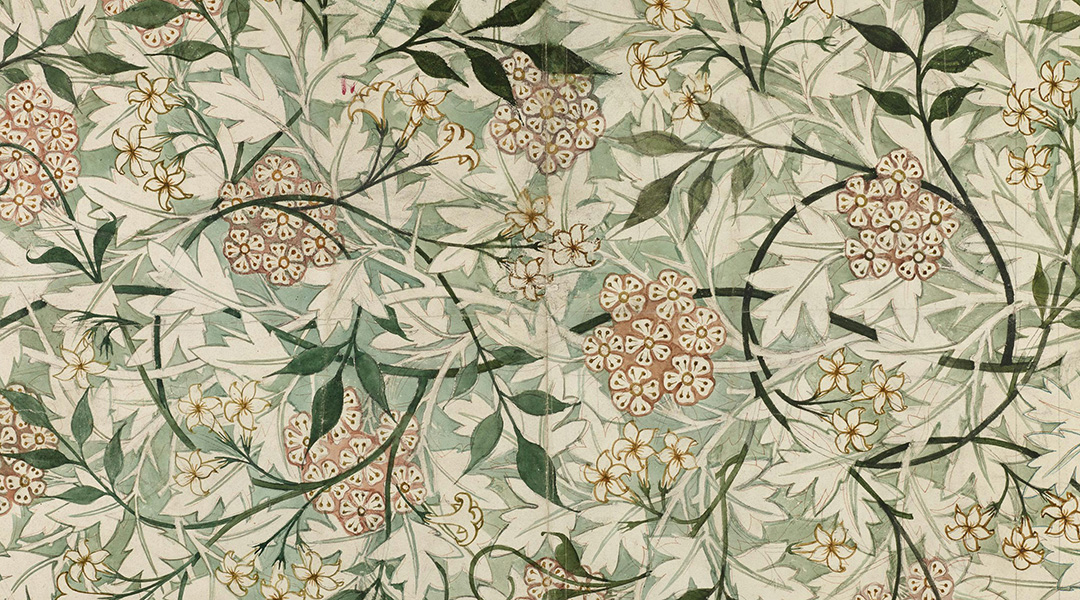


New findings reveal a link between our taste buds and what plants were used medicinally during ancient times.
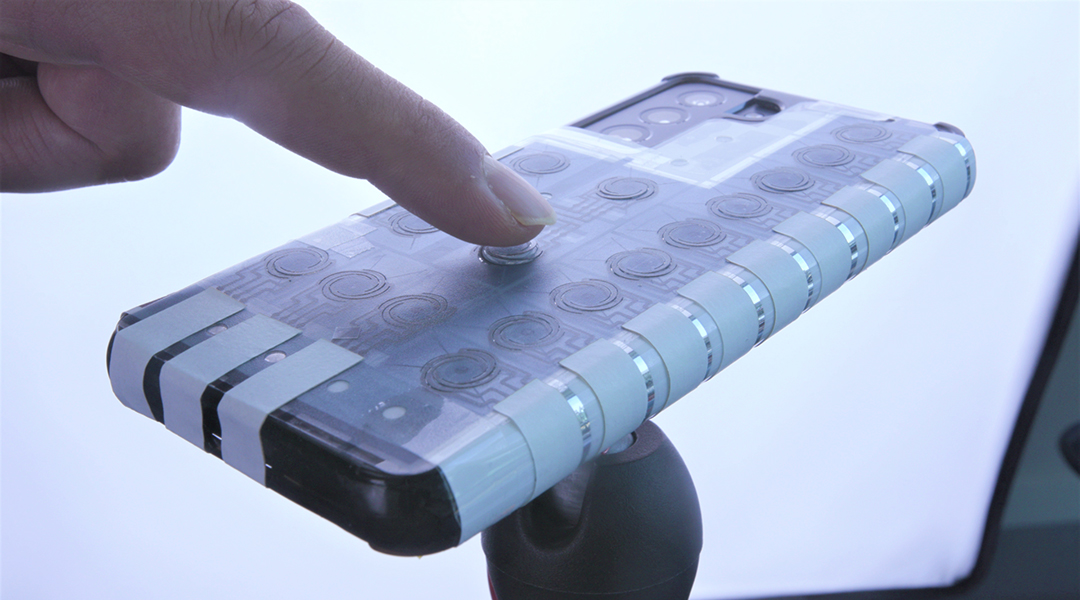
PopTouch blends transparency and touch, bringing traditional tactile buttons to a world of flat screens and smooth surfaces.

Superamphiphobic materials could keep solar panels clear, glasses clean, and phones fingerprint-free without any manual cleaning.

Using a specialized design approach, scientists create acoustic waves that behave as twisted, ultrasonic motors capable of rotating particles in space.
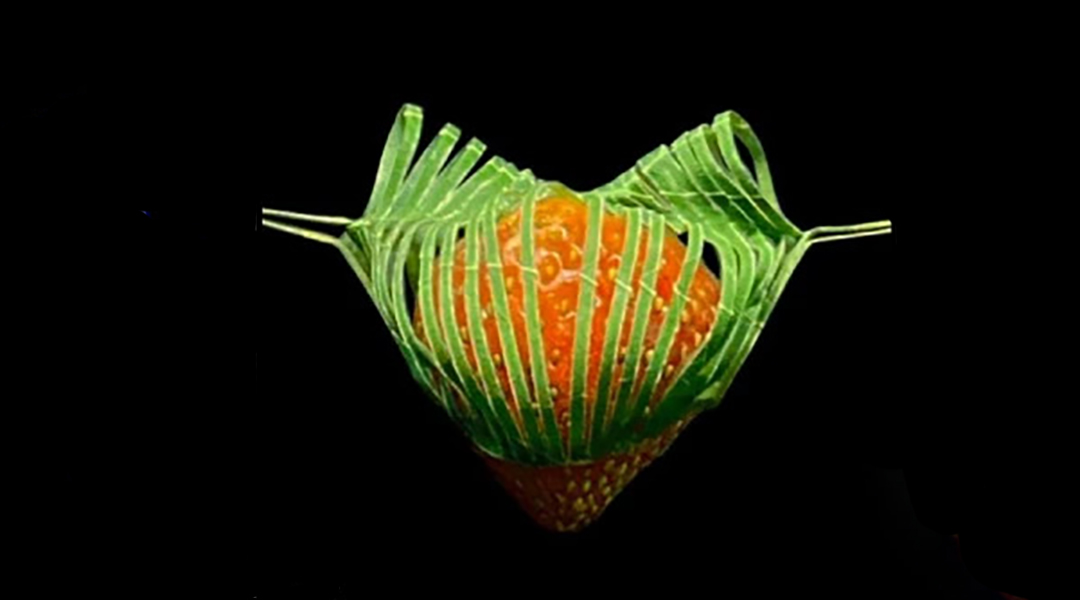
A kirigami-inspired gripper that can pick up water droplets, microfibers 40 times thinner than a human hair, and objects 16,000 times its own weight.
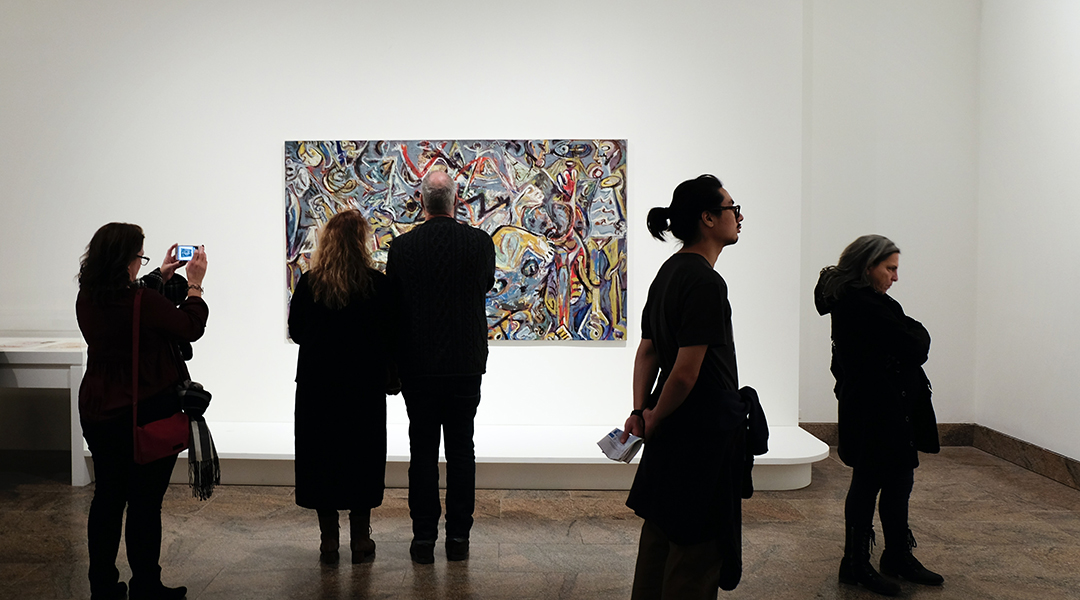
Is AI that predicts which paintings are memorable and famous, regardless of content, style, or context, a threat to creativity or tool for positive change?
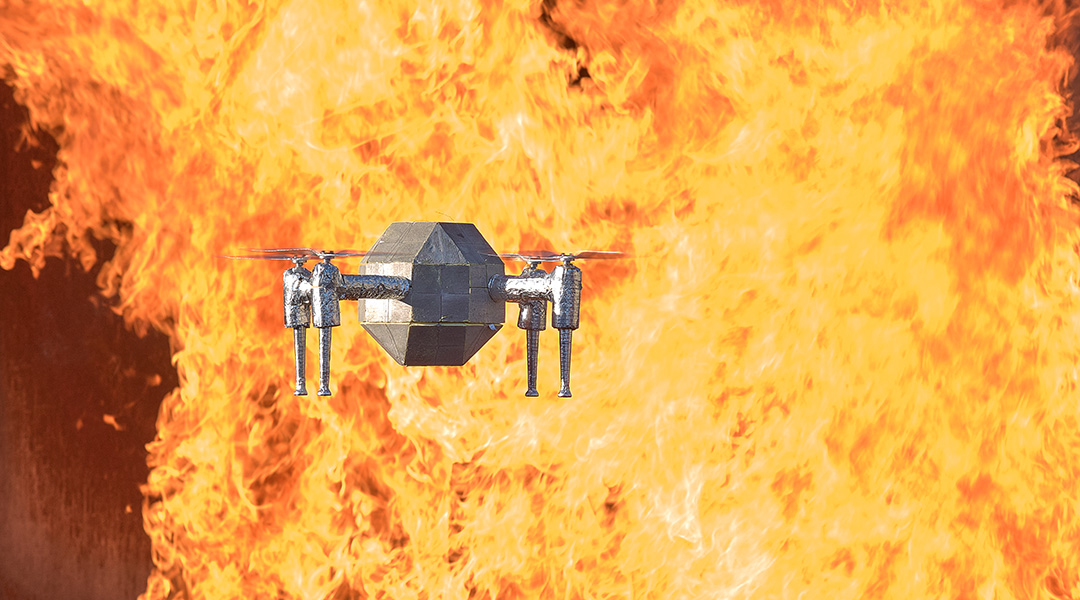
FireDrone could be sent in ahead to find trapped people, assess layouts and unexpected hazards to allow responders to prepare accordingly and save more lives
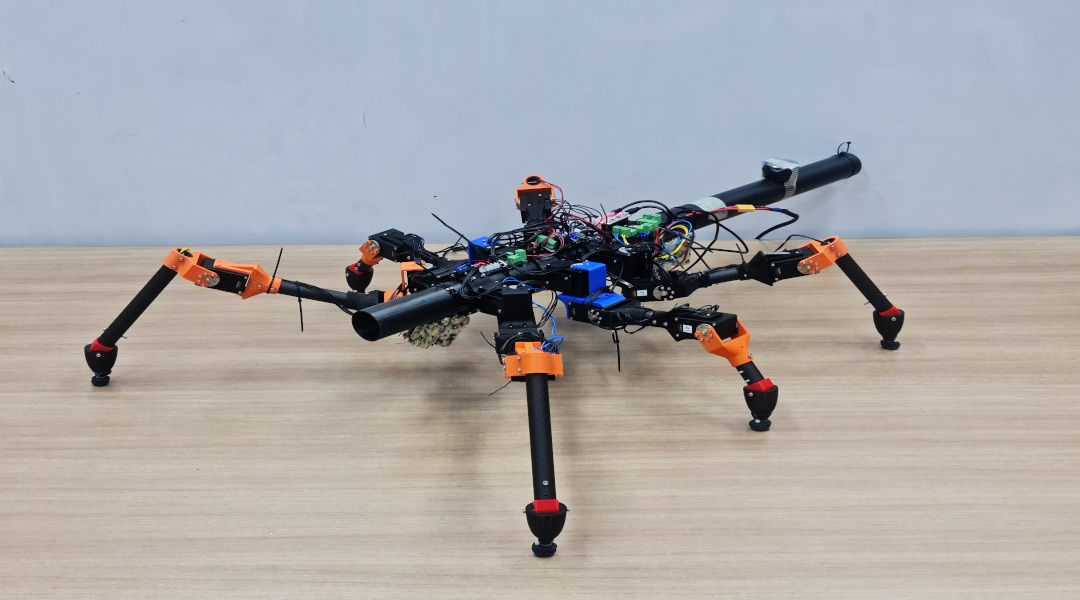
Researchers use stick insect locomotion as inspiration for machine learning approaches to teaching robots how to walk.
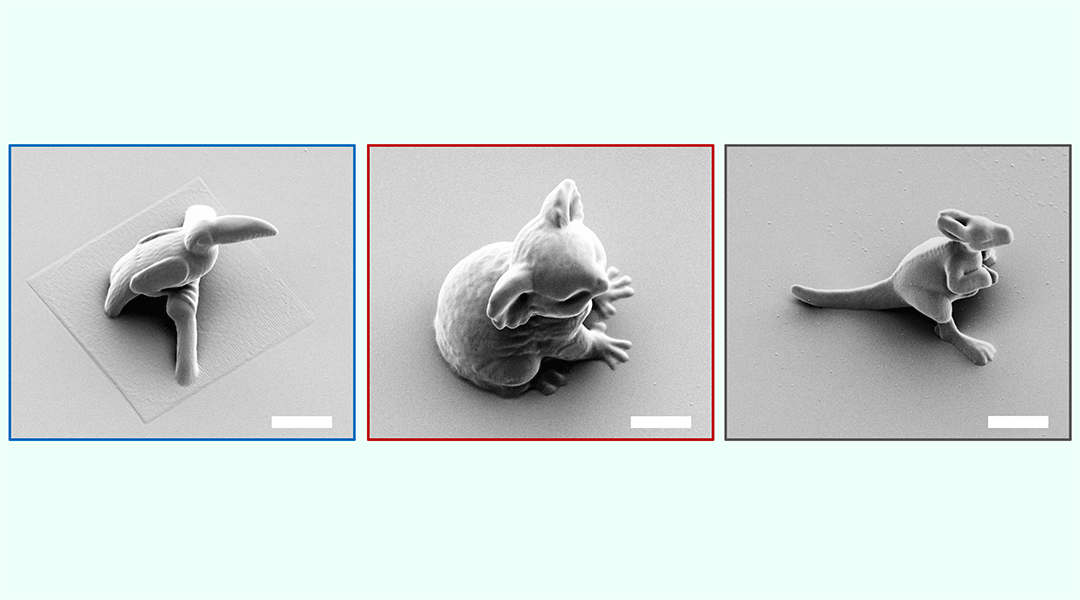
Defining the molecular sequence of ink ingredients gives chemical engineers precise control of microscopic 3D printing.
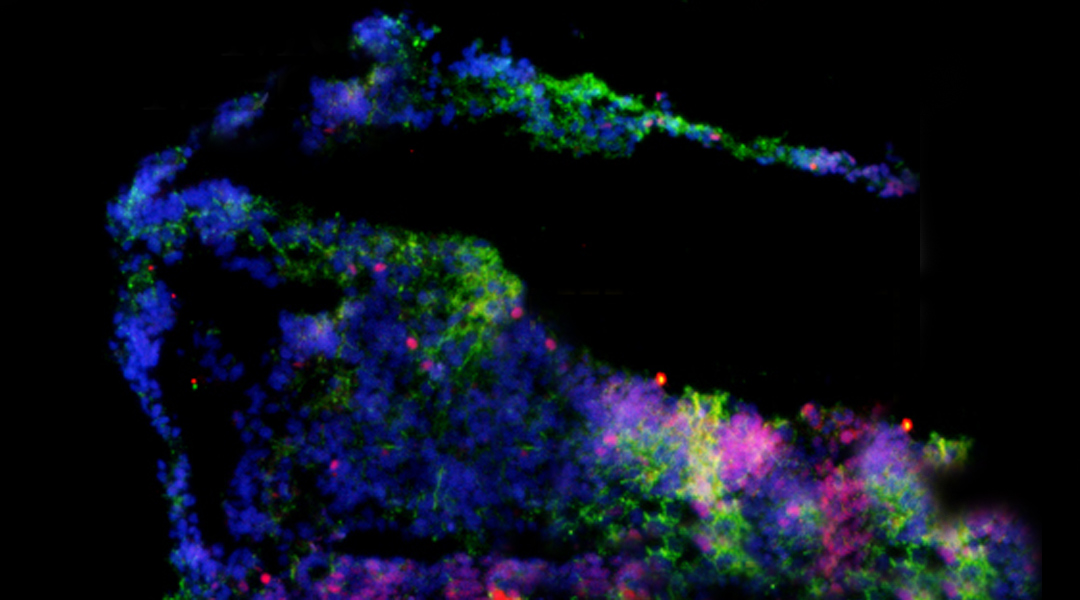
To mimic the the interconnected structure of the brain, model organoids can be connected together into larger assemblies.